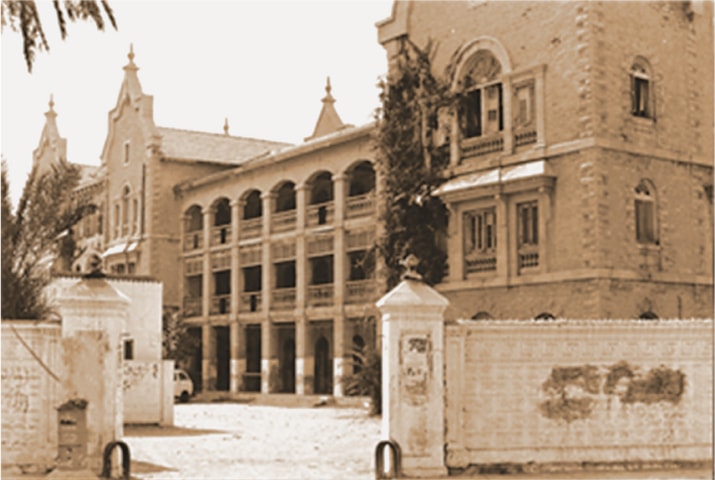Lea Market was constructed in 1927 in an area established as a trading hub.
It was named after Measham Lea, an Englishman who served as an Engineer at Municipal Corporation. Somehow Lea became part of vernacular much easily than the rest. Today every Karachi Walla must have heard of Lea Market, if not visited.
Lea Market is situated in Napier quarters which historically has been trading hub.
It was one of the first areas developed out of the walled city of Talpur’s Karachi and it continued expanding under British rule as trading center.
Lea Market was built much later in the same area at one of the most accessible location.
Today it is at the intersection of Napier Road, Siddiq Wahab Road, River Street and Sheedi Village Road.
While the accessibility makes Lea Market an attractive choice for retailers, wholesalers and customers, it also makes the surrounding area most polluted and congested. Traffic moves slowly and you have to remain vigilant before taking one step in any direction.
The market has separate spaces for fruit & vegetables, fish, milk and meat. Milk and Meat markets were added at later stages and original building housed fish and Vegetable market in separate wings, much similar to Butcher’s section at Empress with high ceiling and basic amenities.
However vegetable wing is being used for storing vegetables which possibly pushed vegetables retailers out around the clock tower and some in fish market.
The clock tower takes the central stage in Market’s layout and depicts the state of affairs at Lea Market. The legs of clock are frozen in time and the staircase to the tower is locked. Through the openings I could see that its been used for storage as well.
You have to fight for space with pedestrians, carts, cyclists, hawkers and vehicles to enter Lea Market. The iconic clock tower can guide you to the main entrance from a distance, otherwise you can enter from many openings to the trapezoid structure, but mind you that you can get lost in the sea of encroachments and end up making little sense of the design of a multipurpose market, planned very well otherwise.
1950s, temporary shops becoming permanent encroachments






































